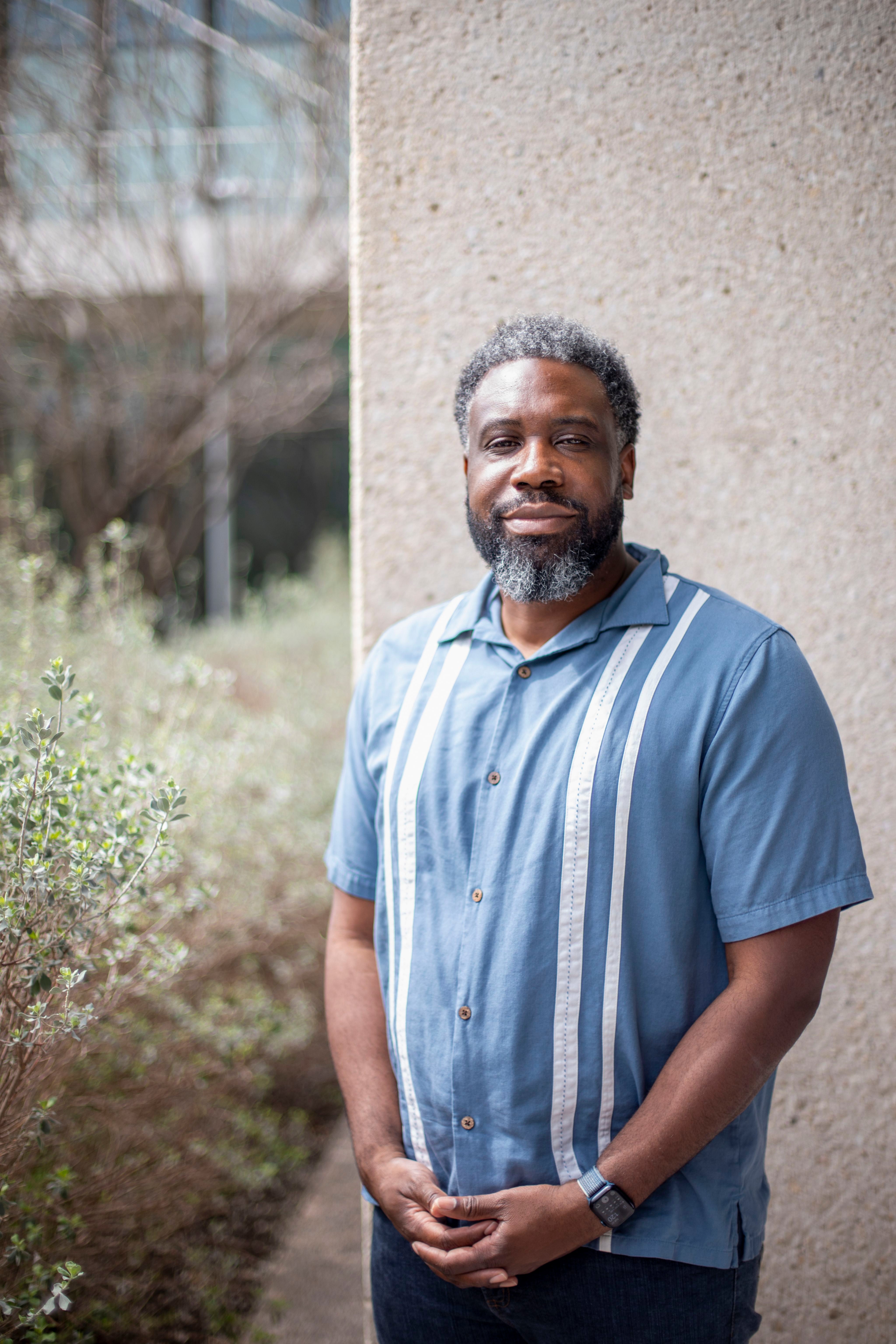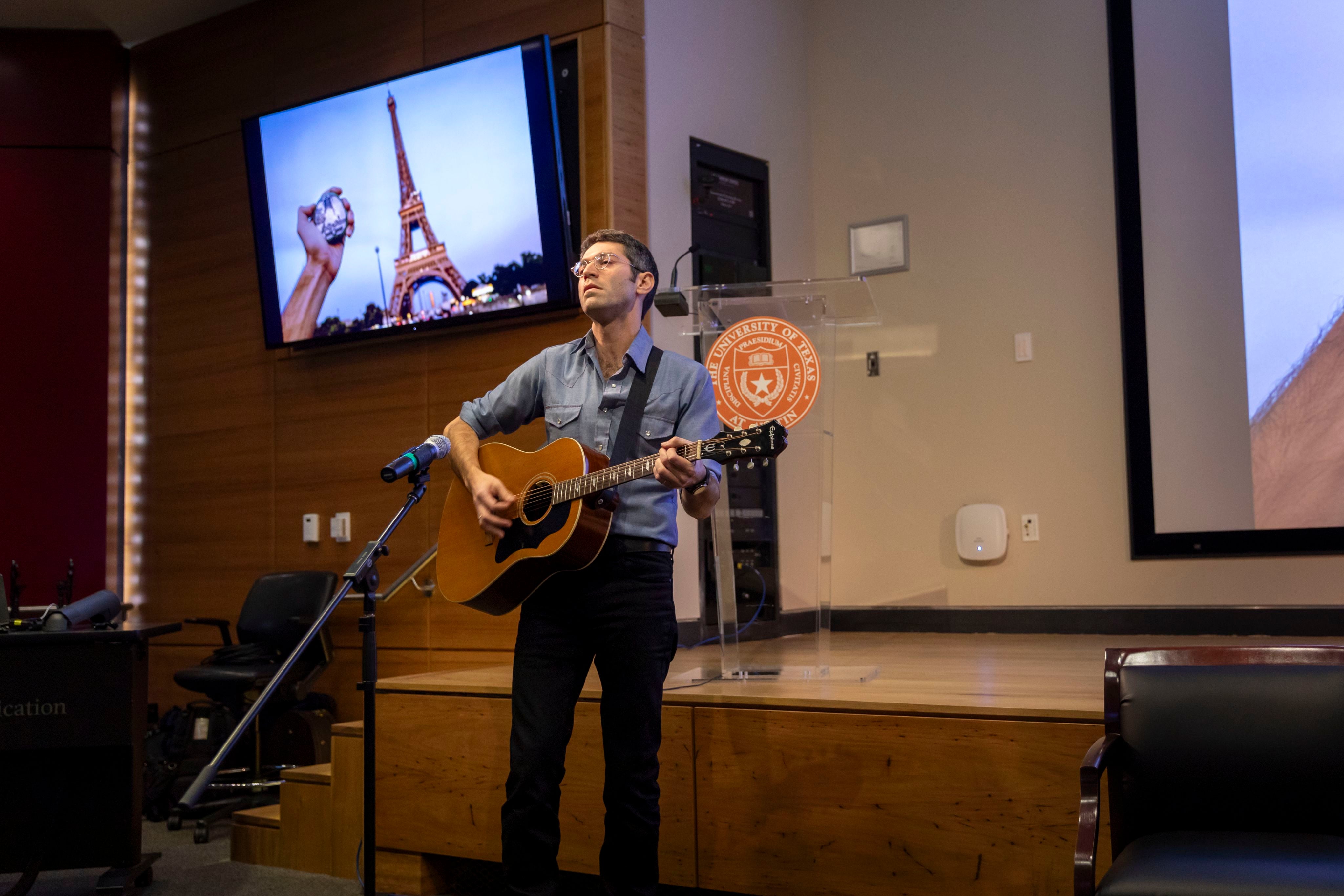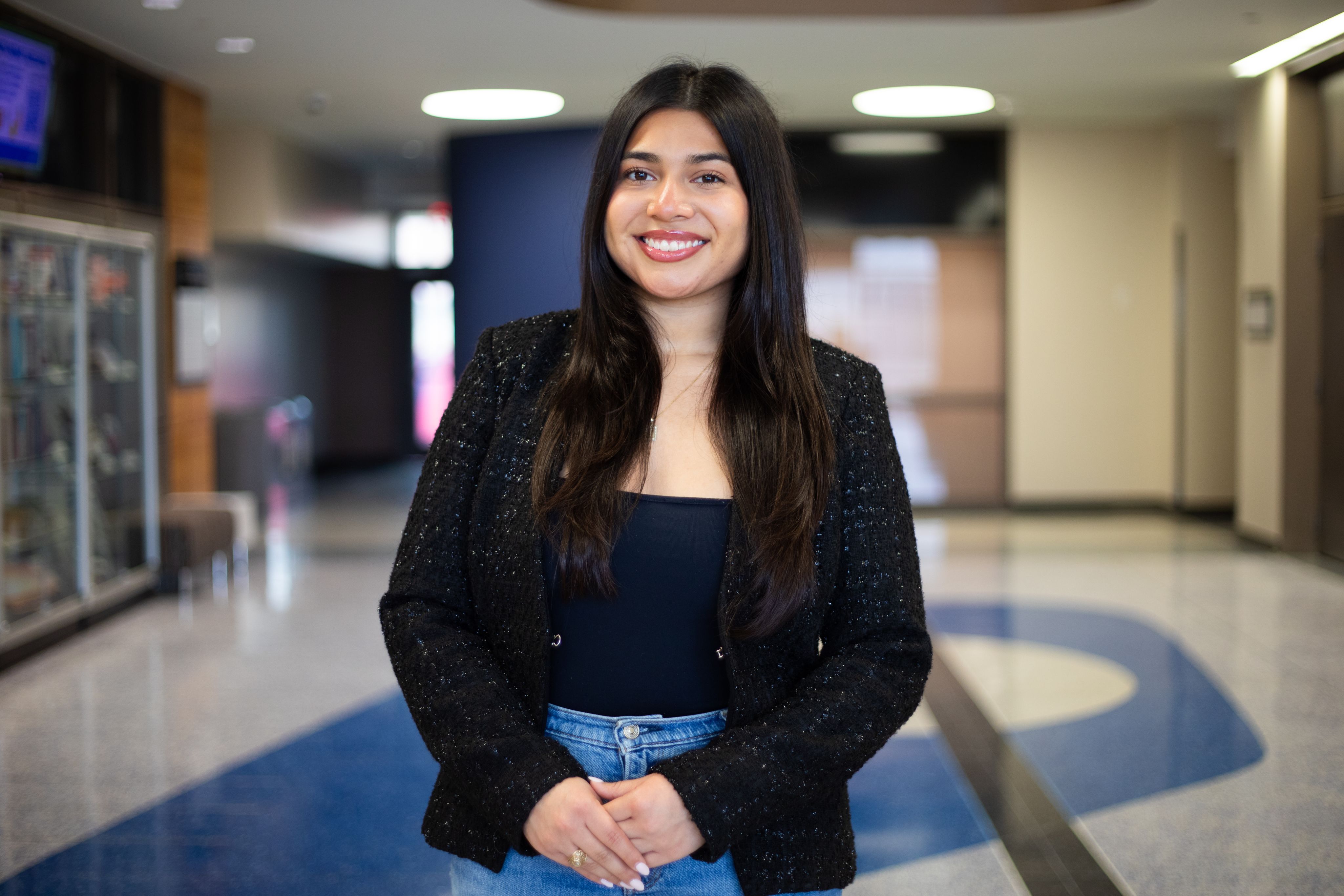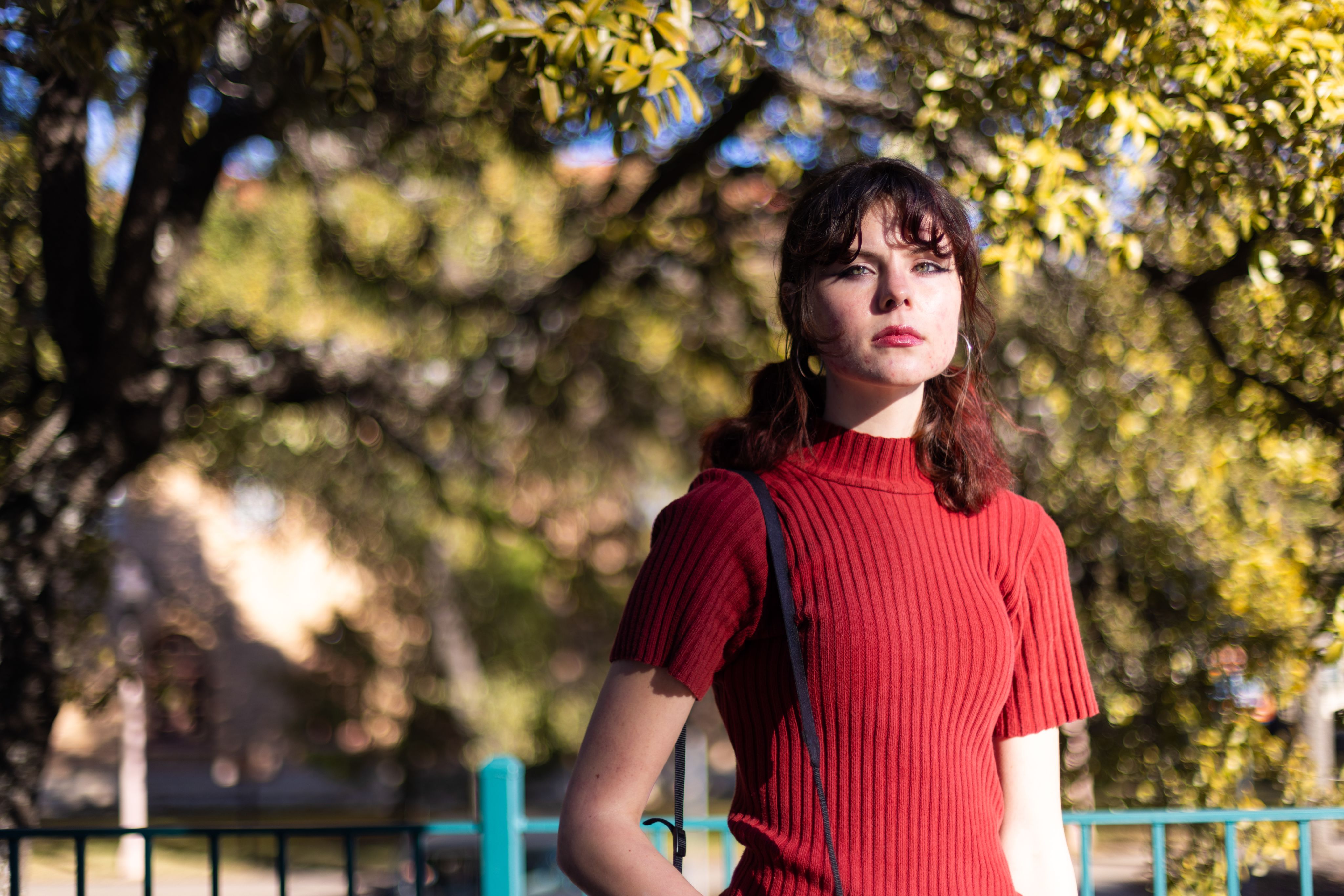Developing something big
Developing something big
Moody College's professors help prepare students for careers in an increasingly digital age
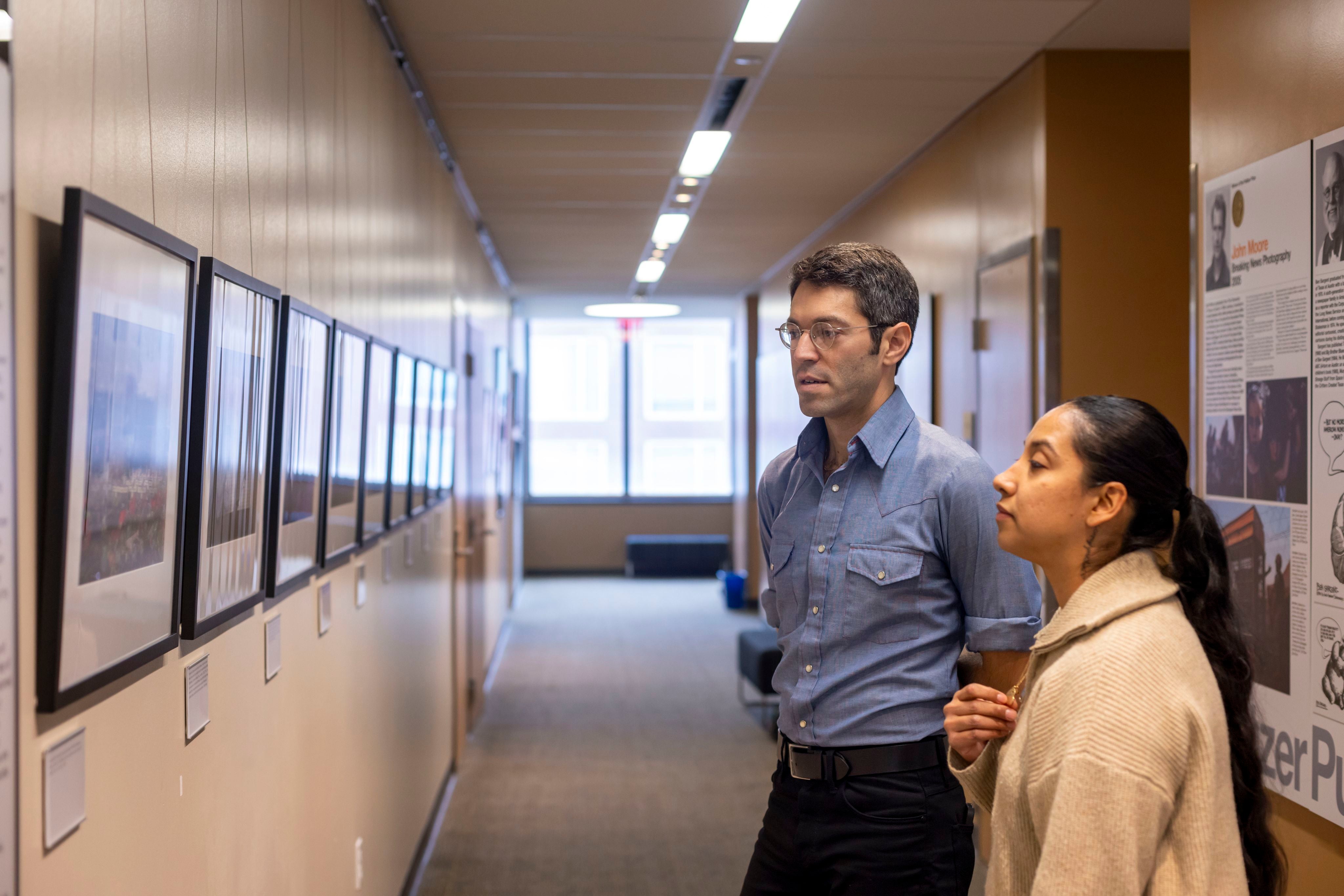
When Donna DeCesare first started her photography career, she ventured into the world with a mountain of equipment slung over her shoulder and a camera in each hand: color film loaded in one and black-and-white in the other.
The world of photography is different now. Photojournalists no longer treat darkrooms as meeting places to huddle closely and watch film develop. Today, most anyone with a smartphone can pick up the mantle of photographer with the press of a button.
In the early 2000s, the School of Journalism and Media began to embrace this new, increasingly digital age and encourage its students to sample different skills — nimbly jumping from writing courses to photography and broadcast classes and back again. That widening focus led some students to miss out on photojournalism basics.
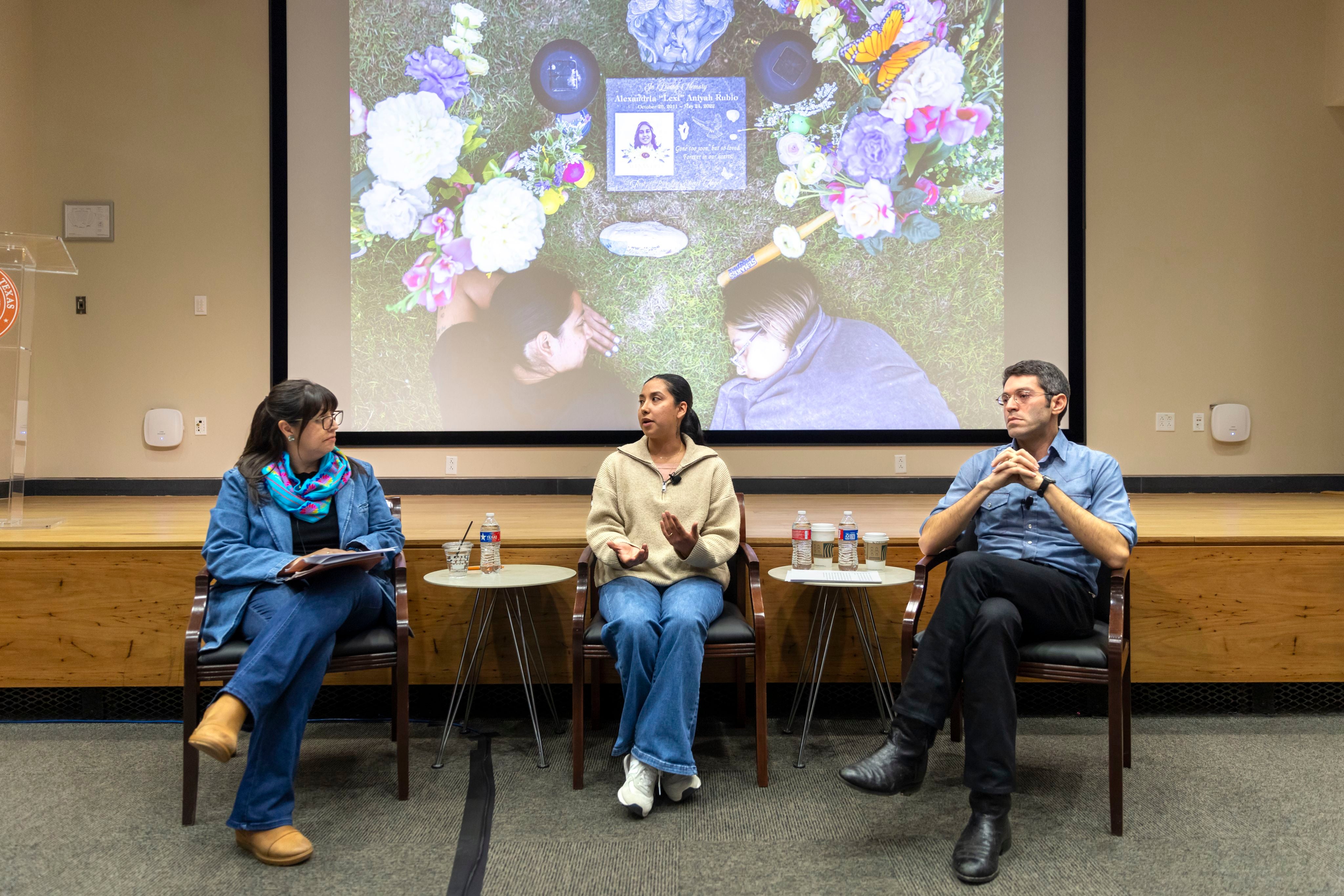
Today, DeCesare, an associate professor in the School of Journalism and Media, is on a mission to revamp the photojournalism program, along with several of her colleagues. Together, they hope to help students navigate the job market and teach them a skillset that can serve them wherever they end up.
“There’s different ways of creating a career,” DeCesare said. “That’s really what we want students to realize and know: That if they love this profession, if they love making pictures and telling stories about people, that there is a way forward for them.”
Their journey began in 2023 with the opening of the School of Journalism and Media Photo Gallery on the third floor of the Dealey Center for New Media. The print gallery gives students the chance to slow down and sit with images in an era where thousands of photos breeze past them every day.
Raymond Thompson, an assistant professor in the School of Journalism and Media who is also at the helm of the program’s restructuring, believes the gallery is filling a gap in the community and creating a new gathering place for photographers.
“This gallery is starting to take the place of a dark room,” Thompson said. “You get to create something for people to come together and feel supported in a room full of others with like-minded interests.”
“There’s different ways of creating a career,” DeCesare said. “That’s really what we want students to realize and know: That if they love this profession, if they love making pictures and telling stories about people, that there is a way forward for them.”
—Donna De Cesare
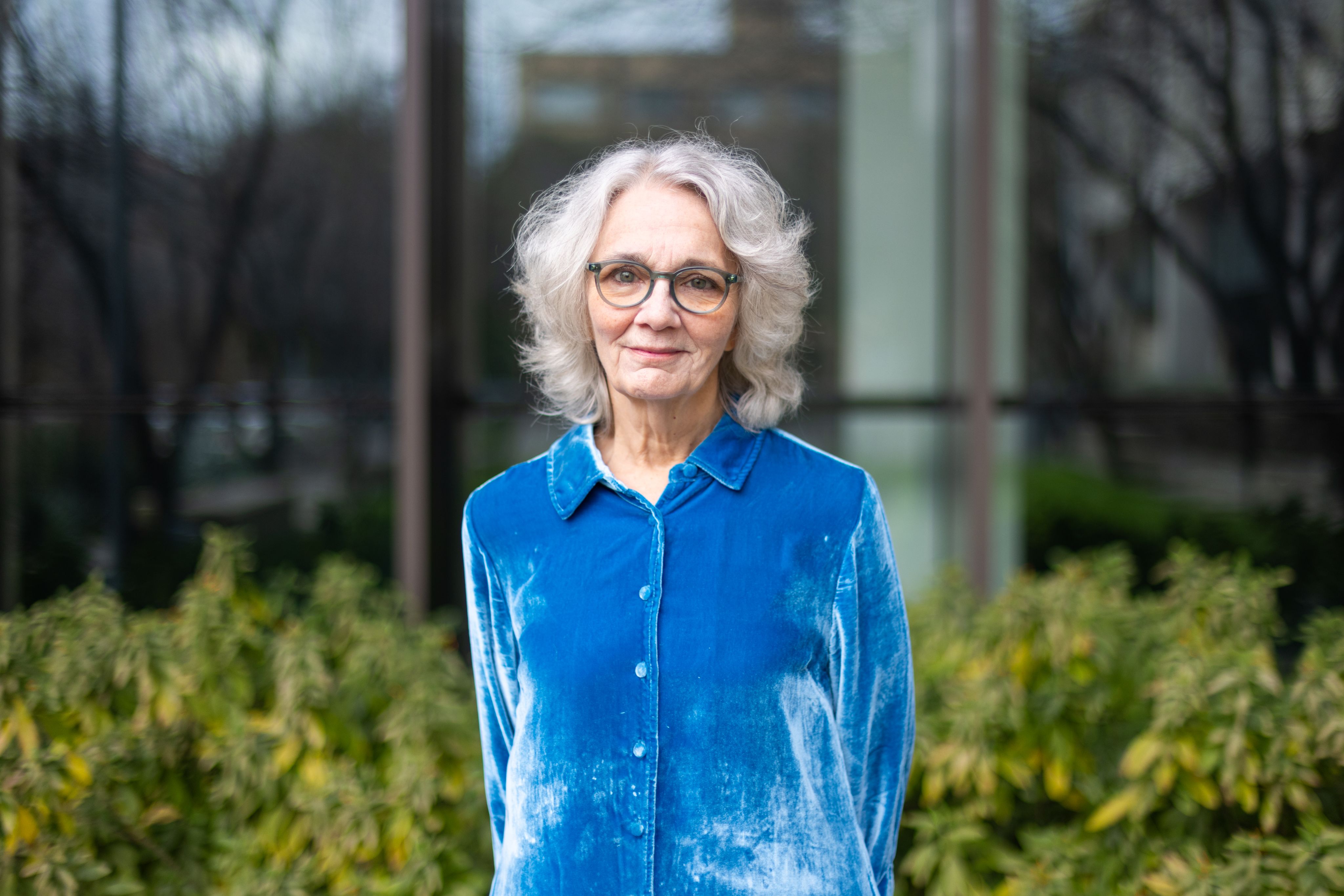
In the two years since its opening, DeCesare said the gallery — which has featured work by students, former professors such as Eli Reed, and alumni — has given an extra charge of energy to the program. The latest iteration, which opened on Jan. 27, showcases alumnus Tamir Kalifa’s series “Grief and Grace in Uvalde.” Opening night featured a musical performance by Kalifa with three songs inspired by his reporting, as well as a conversation with Kimberly Mata-Rubio, an activist whose daughter Lexi was killed in the Robb Elementary School shooting.
Initially an assignment from the New York Times, documenting Uvalde and the aftermath from the tragic shooting became a meaningful endeavor for Kalifa.
Tamir Ben Kalifa performs three original songs inspired by the stories he's reported. Photo by Leticia Rincon
Tamir Ben Kalifa performs three original songs inspired by the stories he's reported. Photo by Leticia Rincon
“I was determined when I went to Uvalde to try to make work that was urgent and met the historic imperative of documenting one of the nation’s biggest stories,” Kalifa said. “I also felt a sense of responsibility to do it with dignity and care and respect, and I wanted to try to make work that would not make people want to look away.”
The gallery exhibition is Kalifa’s latest effort to pay it forward to the next generation of young photographers. He often comes to speak in DeCesare’s classes, advocating for compassion and high standards in journalism.
“Visual storytelling is one of the most immediate art forms that we have as humans because of how relatable it can be,” Kalifa said. “Photographs not only can equip us with the information and lessons we need to be informed citizens, but it can also help be a bridge between people.”
“Visual storytelling is one of the most immediate art forms that we have as humans because of how relatable it can be. Photographs not only can equip us with the information and lessons we need to be informed citizens, but it can also help be a bridge between people.”
—Tamir Ben Kalifa
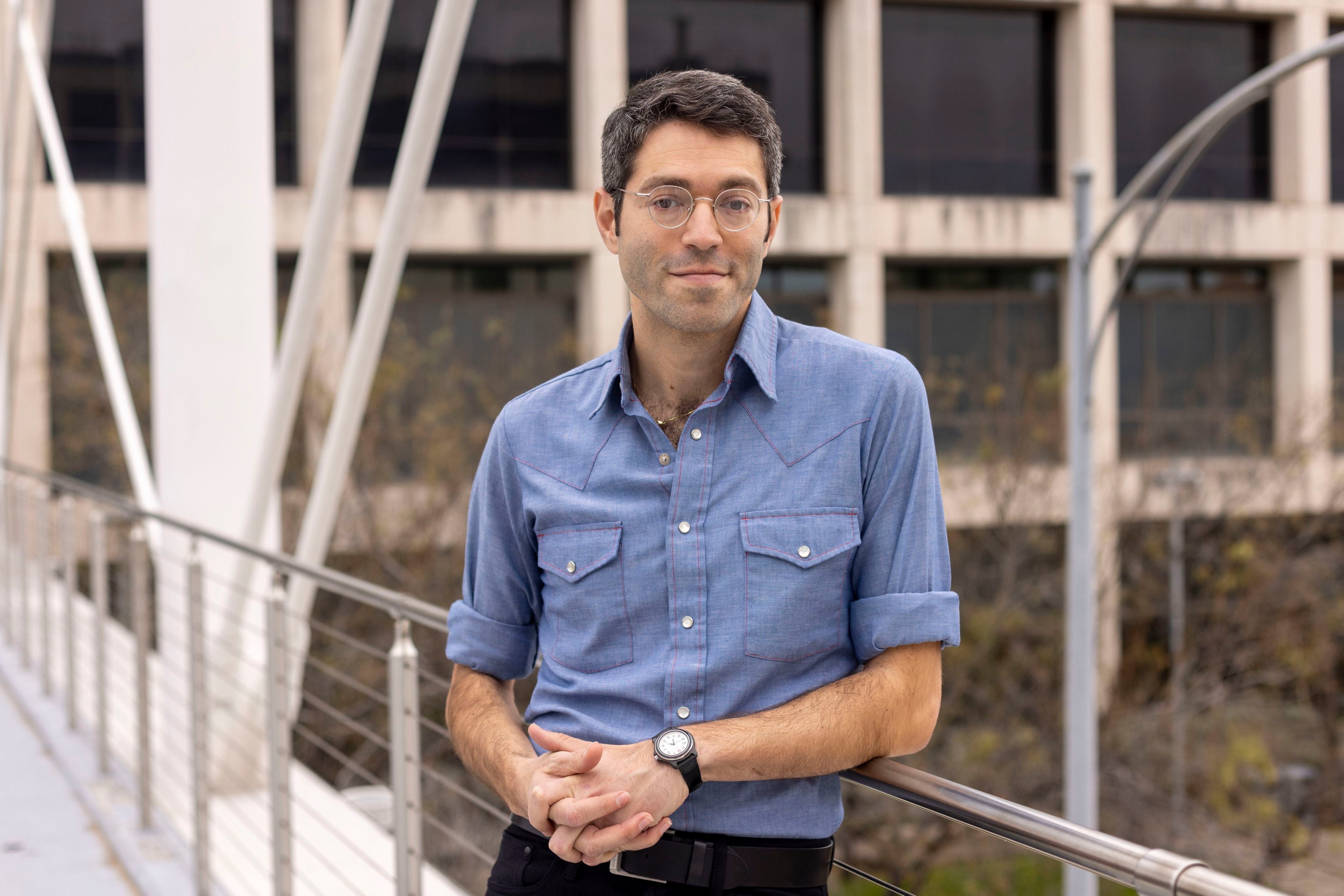
When Itza Martinez, a senior journalism major, saw his photos from Uvalde while in a class, she was touched by the intensely human side of journalism.
“Seeing his work was my raw experience with the power of photojournalism,” Martinez said. “These pictures that he was able to capture told the story of what so many people have had to experience around the country, not just in Uvalde.”
Itza Martinez is a senior studying journalism at Moody College. Photo by Campbell Williams
Itza Martinez is a senior studying journalism at Moody College. Photo by Campbell Williams
DeCesare’s Documentary Photography Storytelling course is also helping to revitalize the photojournalism program. The May term involves teams of students finding and reporting on stories in Ireland and culminates in a zine filled with their images.
“The students I’ve seen who have come back after Ireland have really blossomed in terms of being able to tell stories on and off campus,” DeCesare said. “It’s more comfortable to focus on the people you know, but it’s so enriching to actually learn about what’s going on in our world and be able to show it to people.”
Journalism student Charlotte Keene's photograph won a CPOY Spot News Award of Excellence. Photo by Campbell Williams
Journalism student Charlotte Keene's photograph won a CPOY Spot News Award of Excellence. Photo by Campbell Williams
Manoo Sirivelu, a junior Plan II major, completed the Maymester in the spring of 2024 as his second ever photojournalism class after getting involved in the photography department of The Daily Texan. Sirivelu won the gold medal in the College Photographer of the Year International Picture Story category for his work in Ireland.
“The Maymester was definitely a life-changing experience,” Sirivelu said. “I found more focus and purpose and also learned a lot about my own process when I was there because that was the first time I was truly doing my own journalism project.”
In the spring, Sirivelu will return to Ireland as a teaching assistant for DeCesare’s class. This time, he will stay for the whole summer to deepen the work he started last year, filling the gaps in his story.
Sirivelu credits the professors with the rejuvenation of photojournalism at UT — he’s seen them pour every ounce of their focus into making sure the practice and discipline lasts for another generation.
“I think photojournalism is at a weird place in terms of the way that media across the world is moving,” he said. “I think it’s both vulnerable and in a position where it can have an impact like it has never had before. I think it’s important to continue to show students that their work matters and can reach people.”
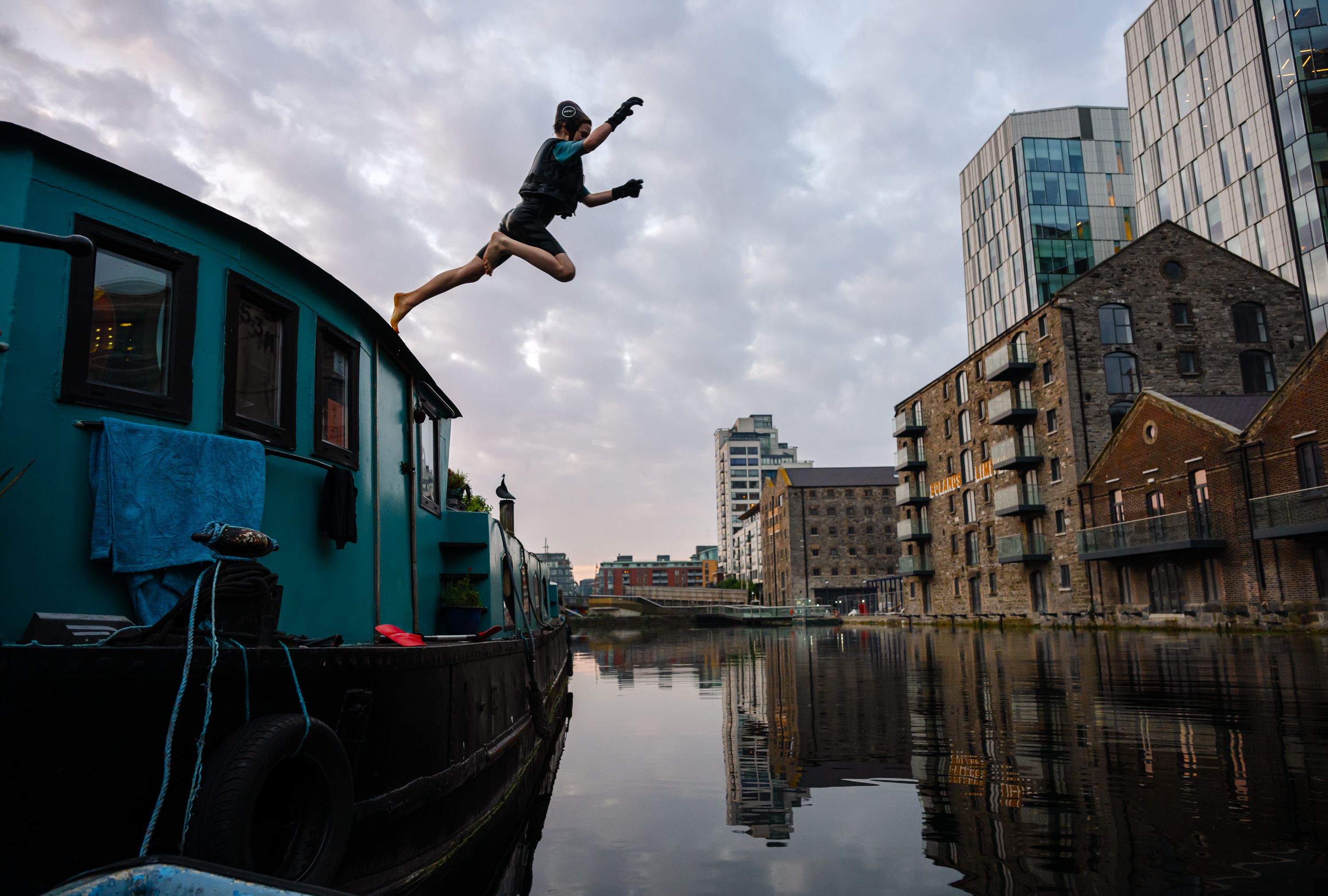
“The Maymester was definitely a life-changing experience. I found more focus and purpose and also learned a lot about my own process when I was there because that was the first time I was truly doing my own journalism project.”
—Manoo Sirivelu
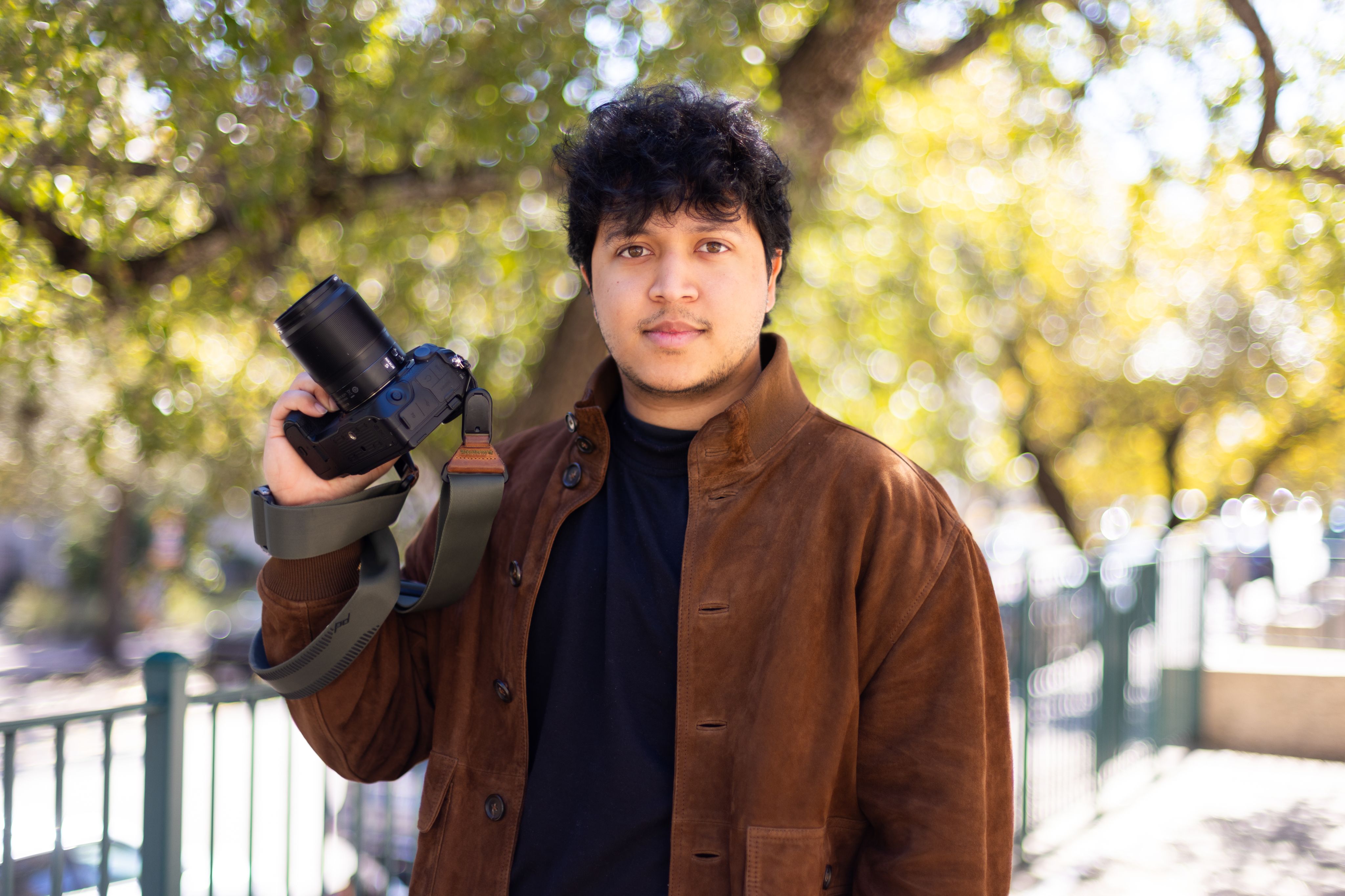
After Kalifa’s exhibition, Thompson and DeCesare hope to expand the gallery to highlight photographers outside of UT and cover more relevant and thematic issues. Beyond that, their goal is to create a more defined pathway in the journalism programs for photographers, with potential collaborations across other schools with visual interests.
“We are cracking open the door to the world of communicating with visuals,” Thompson said. “With that open, always running faucet that is media and photography, students need some curation. I think it’s important for students to have access to resources and to professors, so they can be more considerate and inclusive visual storytellers.”
“We are cracking open the door to the world of communicating with visuals. I think it’s important for students to have access to resources and to professors, so they can be more considerate and inclusive visual storytellers.”
—Raymond Thompson Jr.
